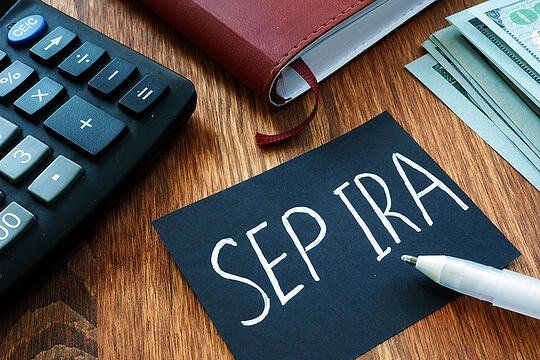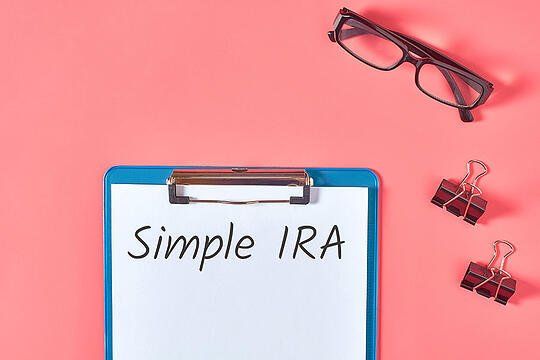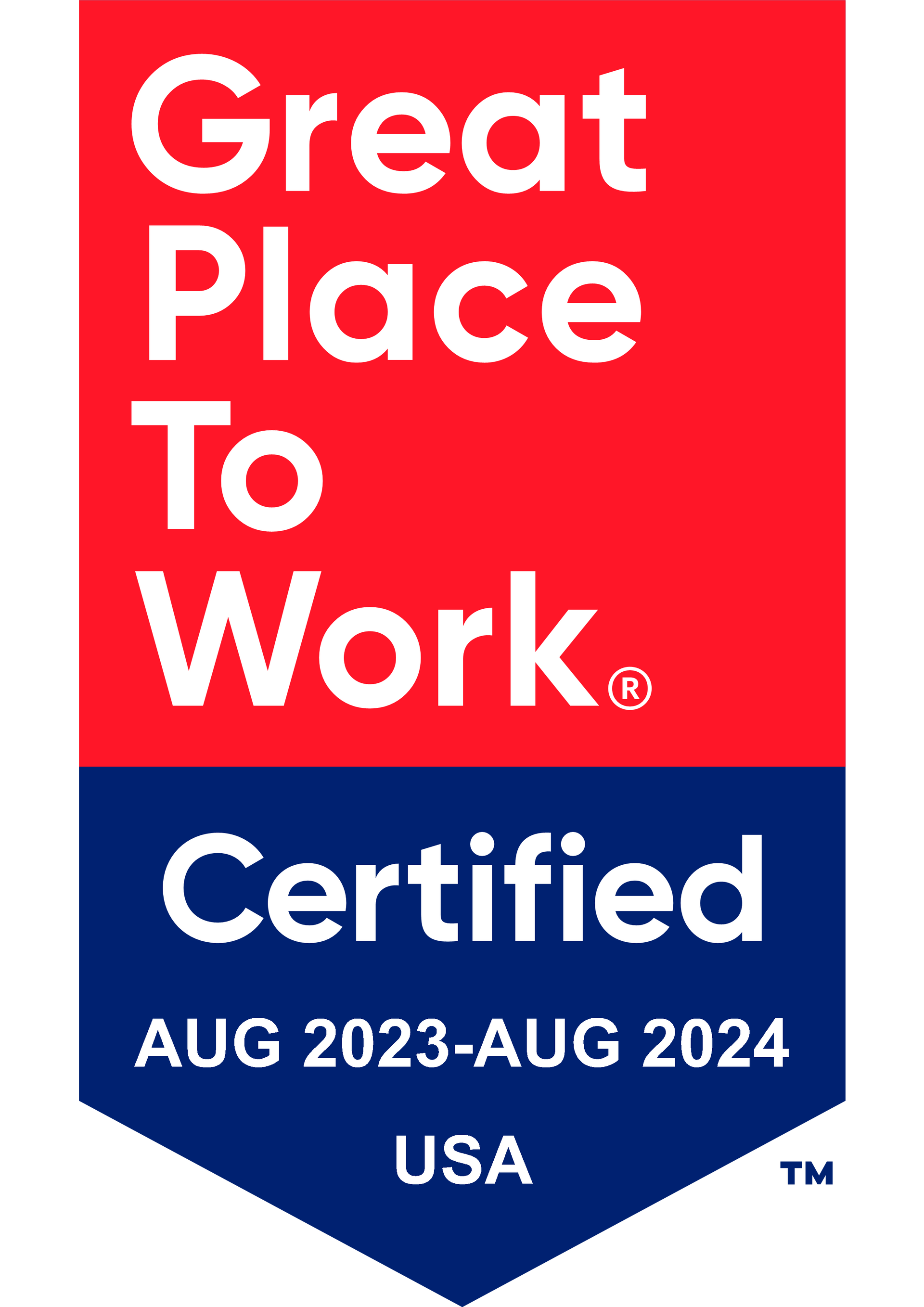Get in touch
408-366-8880
mymail@mailservice.com

Employer Matching Contributions | Retirement Planning
Retirement planning is an essential part of our sense of stability and safety for the future. Employees across all generations consider retirement saving benefits from their employer important.
According to the 19th Annual TransAmerica Center for Retirement Study report, 78% of Baby Boomers and 77% of Gen X workers participate in a company-sponsored 401(k) or similar plan, and 21% of millennials are engaged in the retirement savings topic. Gen Z also ranked 401(k) benefits as one of the top five employer benefits in the What the Class of 2019 Wants. And nearly 68% of surveyed students thought 401(k) employer matching contributions were important in the NACE Class of 2017 Student Survey . Also, in the 2018 American Institute of CPAs survey of 547 recent college grads and college seniors, 36% ranked 401(k) with a company match in the top three workplace benefits.
The above statistics indicate that employees want to know their employers offer some type of company-sponsored retirement plan that allows them to save for their future, preferably with an employer match. The stats also indicate that a 401(k) is one of the most well-known and commonly discussed plans. However, determining the right retirement plan for a business or individual isn’t always easy, nor is a 401(k) the only or best option for businesses.
There are a variety of company-sponsored retirement plans with employer matching contributions available to meet the specific needs and requirements of employers and their employees. Furthermore, there are also other employee benefit options for which an employer can match contributions. Each type of account has different rules and regulations as to the types and level of contributions that can be made.

COMPANY SPONSORED RETIREMENT PLANS WITH EMPLOYER MATCHING CONTRIBUTIONS
Four common company-sponsored retirement plans with employer matching contributions include:
- Traditional 401(k)
- Roth 401(k)
- SEP IRA
- SIMPLE IRA
Health Savings Accounts (HSAs), though not technically considered a retirement savings account, can be used to support retirement, as well.

TRADITIONAL 401K
A traditional 401(k) is one of the most common company-sponsored retirement plans offered by employers today. It is a defined-contribution, tax-advantaged account where employees can contribute pre-tax dollars up to a certain amount annually. The contributions reduce the individual’s annual taxable income and are not taxed until they are withdrawn from the account. Individuals who withdraw funds before retirement age, which is 59½ in most instances, typically face a 10% early withdrawal penalty.
The employee contribution limit to 401(k) plans in 2021 is $19,500. Additionally, only the first $290,000 of an employee’s salary is eligible for employer and employee contributions. It’s important to remember that the annual contribution limit is combined across all 401(k) accounts the employee has. Employees age 50 and over can contribute an additional $6,500 to their 401(k) as a catch-up contribution.
The combined contribution amount for employee plus employer contributions is $58,000, or 100% of the employee’s compensation, whichever is lower. There is no limit to how much an employer can contribute to an employee’s 401(k), as long as the IRS annual contribution limit isn’t met. It is common for employers to match from $0.50 to $1.00 for every $1.00 on the first 3% to 6% of an employee’s contribution.

ROTH 401(K)
A Roth 401(k) works similarly to a traditional 401(k) except for how they are taxed and employer contributions. Where traditional 401(k) contributions are not taxed until after they are withdrawn, Roth 401(k) contributions are after-tax contributions, and withdrawals are made tax-free. Money can be withdrawn from a Roth 401(k) at any time without penalty. However, the withdraw will be taxable if the employee has had the account for less than five years and is under 59½.
Employer contributions cannot be made into a Roth 401(k). It is common for employers to match employee contributions for those who have a Roth 401(k), but they do it in a separate traditional 401(k) that is set up for the employee.

SEP IRA
A Simplified Employee Pension Individual Retirement Account (SEP IRA) works similarly to a traditional IRA but is offered to employers. A SEP IRA is designed to work for self-employed individuals and small business owners as a way to save for retirement.
A SEP IRA works best for small business owners who have a few or no employees. The reason is the amount the employer places into his or her SEP IRA must be matched and placed into employees’ SEP IRAs. For example, if an employer contributes 15% of her compensation to her SEP IRA, 15% of each employee’s compensation must be placed in each employee’s SEP IRA, as well. Therefore, SEP IRA employer contributions are not elective but mandatory if the employer contributes to her SEP IRA.
Contributions made into a SEP IRA are tax-deductible and grow tax-deferred. Contributions are taxed as income at retirement age. Employees eligible to participate in a SEP IRA are those employed for three of the last five years with the company, age 21 or older, and those who earned $600 or more working for the company through the prior year.
The maximum an employee can contribute to a SEP IRA is the lesser of $58,000 or 25% of compensation in 2021. The maximum employer contribution for a SEP IRA in 2021 is 25% of an employee’s compensation. The maximum amount allowed to calculate the 25% of compensation is $290,000.
Employees can contribute to both a SEP IRA and 401(k) plan. It is also possible to combine a traditional IRA or Roth IRA with a SEP IRA without impacting the amount employees can contribute to their traditional or Roth IRA. A SEP IRA might reduce the amount an employee can contribute to their traditional IRA, depending on their income level.

SIMPLE IRA
A Savings Incentive Match Plan Individual Retirement Account (SIMPLE IRA) allows employers and employees to make contributions. A SIMPLE IRA is well-suited for small employers looking for a start-up retirement savings plan to offer to their employees. Contributions include employer nonelective contributions or matching contributions and employee salary reduction contributions.
The contribution amount employees can contribute to a SIMPLE IRA cannot exceed $13,500 in 2021. An employee is eligible to participate in other employer plans with elective salary reductions. However, the limit is $19,500 total for the salary reduction contributions the employee can make. If the plan allows it, catch-up contributions up to $3,000 can be made for employees age 50 and older.
If employers do not make nonelective contributions, they are required to match the employee’s salary reduction contribution amount dollar for dollar up to the first 3% of the employee’s compensation. An employer can make matching contributions under the 3% threshold. However, the contribution amount must still be at least 1% and for no more than two out of five years. Employees must be notified of the lower match prior to the 60-day election period for the year.
Employers can choose to make nonelective contributions instead of matching contributions. If nonelective contributions are made, the contributions must be 2% of the eligible employee’s compensation, regardless of whether or not the employee makes salary reduction contributions. To figure the contribution amount in 2021, compensation up to $290,000 is used. Employees must be notified of the 2% match prior to the 60-day election period for the year.

HSA (HEALTH SAVINGS ACCOUNT)
Health Savings Accounts (HSAs) are gaining traction as an employee benefit that typically accompanies a high deductible health plan (HDHP). An HSA helps offset the high up-front costs that come with an HDHP. HSA contributions are pre-tax dollars that can be applied to qualifying medical expenses. The annual IRS contribution limit is $3,600 for self-only and $7,200 for family coverage.
Employers can choose to contribute to their employees’ HSAs. There is no limit to employer matching contributions as long as the annual limit isn’t reached.
After employees invest funds into an HSA, they don’t ever lose it. The deposited funds are theirs to keep until the money is spent. It is also possible to convert remaining HSA funds to a 401(k) after specific criteria have been met. Also, if an employee exits an organization, the HSA funds transfer and is never lost.

KBI CAN HELP WITH YOUR RETIREMENT PLAN OPTIONS
Selecting the right retirement plan for employers can feel overwhelming with the many options available. Are there company budget limitations? Do employees want options? What's the age demographic of your organization? Are employees split on what type of plan they prefer? Are resources and issues, which make the internal administration of the plan challenging?
These are the types of questions you want to get clear on when selecting a retirement plan for your organization. KBI can help. We will walk you through the different retirement plan options available to your business, so you understand how each works. Our goal is to help you determine which plans are best for your business.
Or, if you’re an individual trying to decide between the best options to save your money for the future, KBI can help with that, too. Our team has been supporting businesses for decades to assess their current benefit platforms, assess current needs, gaps and trends, and provide recommendations to move forward.
If you are ready to explore the travel insurance plans we offer, contact us today by submitting our online contact form or calling us at 408.366.8880. We look forward to working with you!
Services
Latest Thinking




